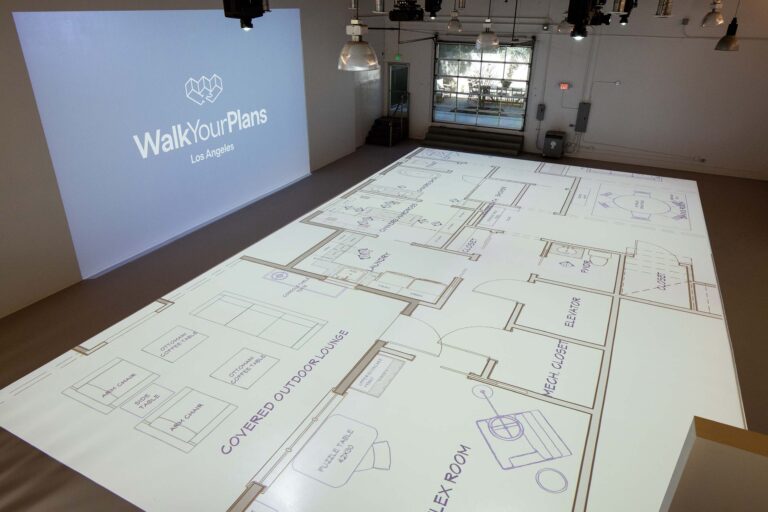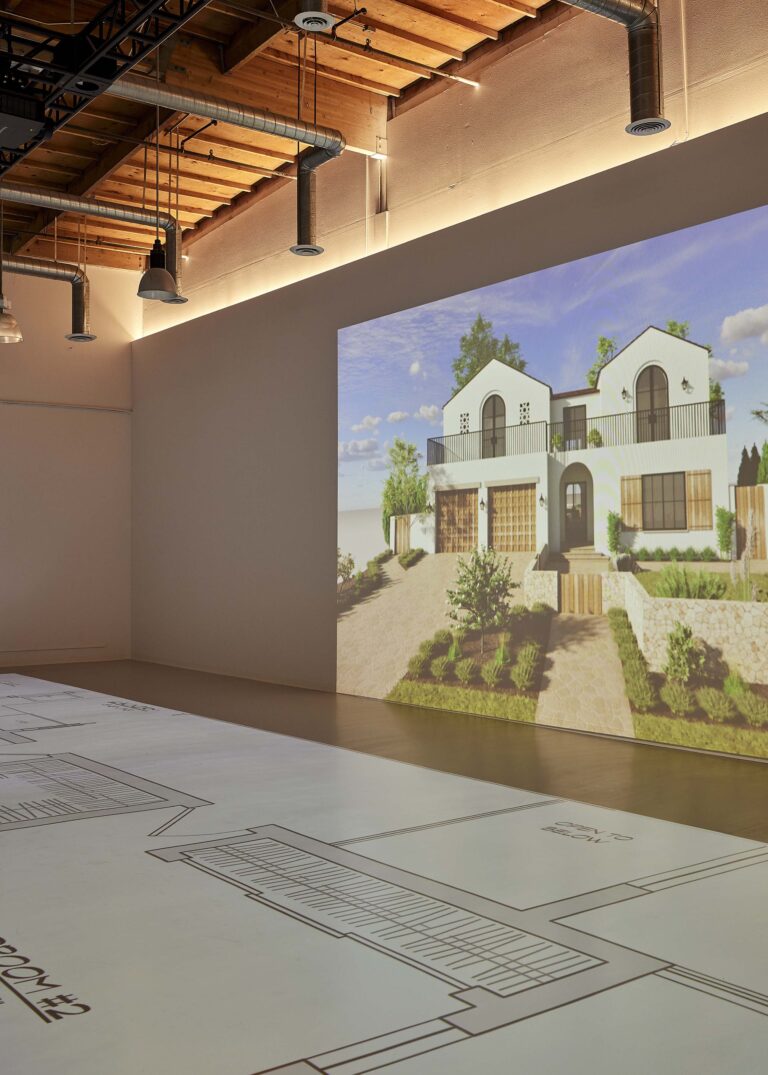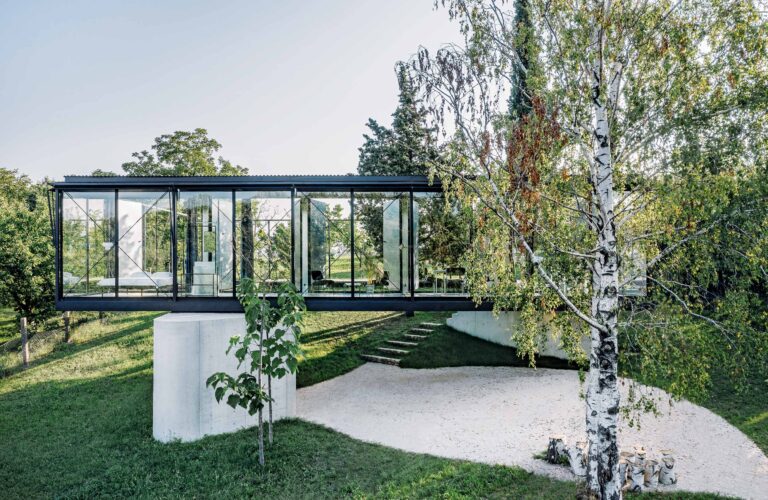
Framing Nature with TEN Studio
A patch of land on Avala Mountain in rural Serbia sets the stage for a gridded, steel-frame structure by TEN Studio.
Home » Ludwig Mies van der Rohe

A patch of land on Avala Mountain in rural Serbia sets the stage for a gridded, steel-frame structure by TEN Studio.

Perhaps no one better understood how to positively exploit the potential of technology and engineering than van der Rohe, a founding father of Modernist architecture who was central to the Great Age of the Skyscraper during the 1950s and 1960s—a time when many city landscapes would shift from horizontal to vertical.
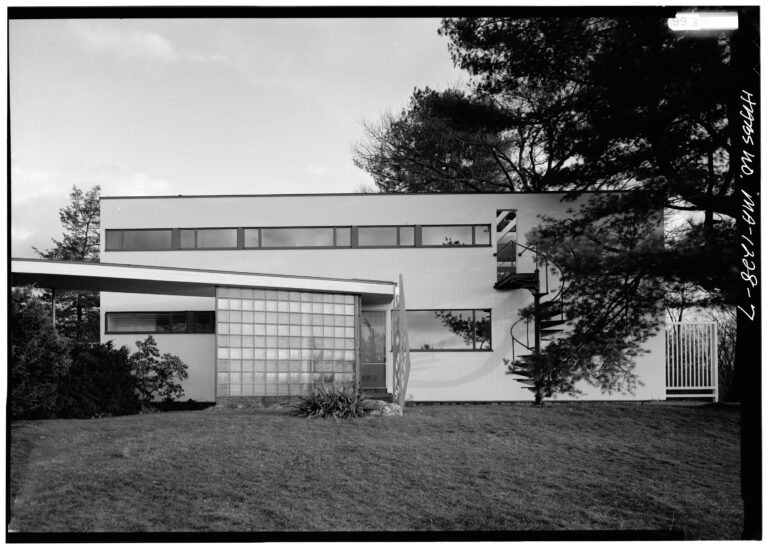
In the early 20th century, architect Walter Gropius aimed to harmonize art, technology, and craftsmanship—a vision that birthed the groundbreaking Bauhaus school in 1919. Gropius’s call to unite architecture, sculpture, and painting underpinned the school’s ethos. Rejecting tradition, the Bauhaus propelled design and art into a new era, embracing functional forms and interdisciplinary collaboration.
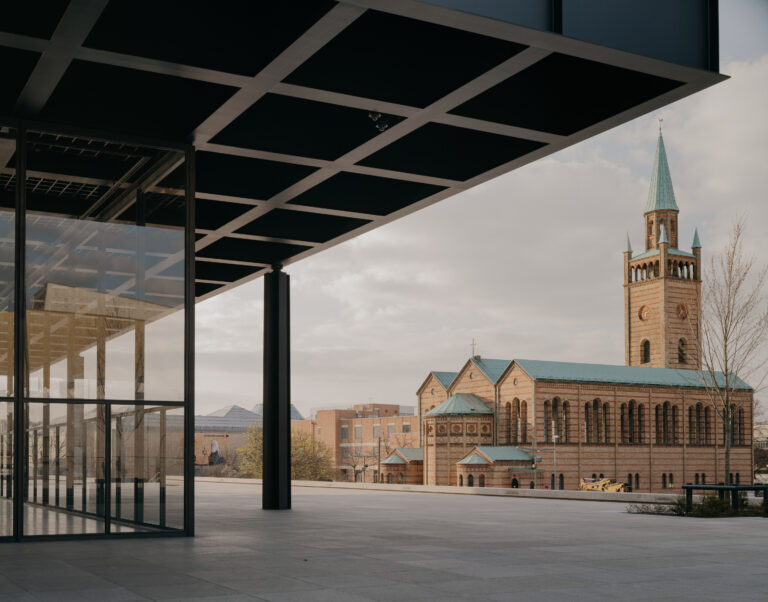
David Chipperfield Architects has completed the six-year refurbishment of the Neue Nationalgalerie in Berlin, a temple of modernity and one of the last works by German-American architect Ludwig Mies van der Rohe. Completed in 1968, the building had been unattended for 50 years and required a present-day architect to restore it with great skill.

I first heard these two powerful words from my business sensei, Jay Abraham. In the business world, ambivalent uncertainty is your biggest competitor. It’s a car stuck in neutral—with no forward motion.
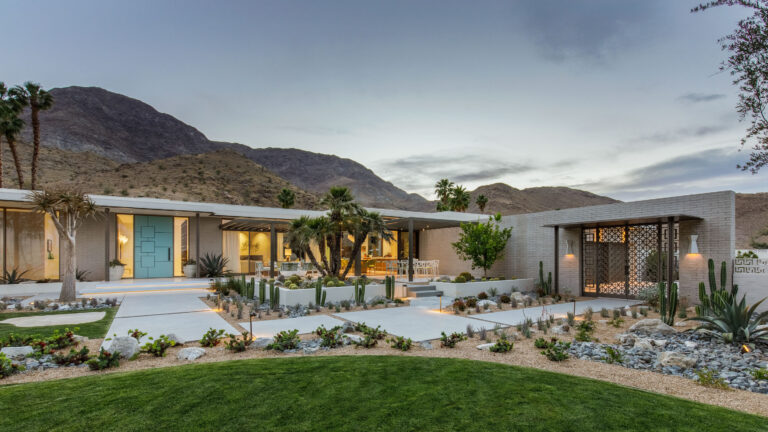
It is the second project designed by Stuart Silk Architects for this couple with young children, who, for their home in Rancho Mirage (located 10 miles southeast of Palm Springs) dreamt of having open and light-filled spaces that maximized desert and mountain views.
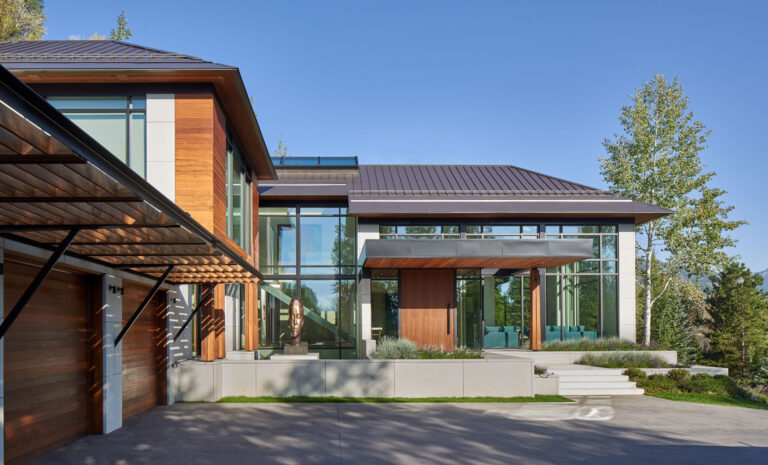
Through a collaborative work between Poss Architects and Kirei Studio’s founder and interior designer Nathalie Ryan, this traditional log house was transformed…

South Bay Digs was granted an exclusive interview with Kappe in 2015, who shared his thoughts on everything from environmentally friendly design to the unique challenges Southern California’s urban landscape poses to architects today.
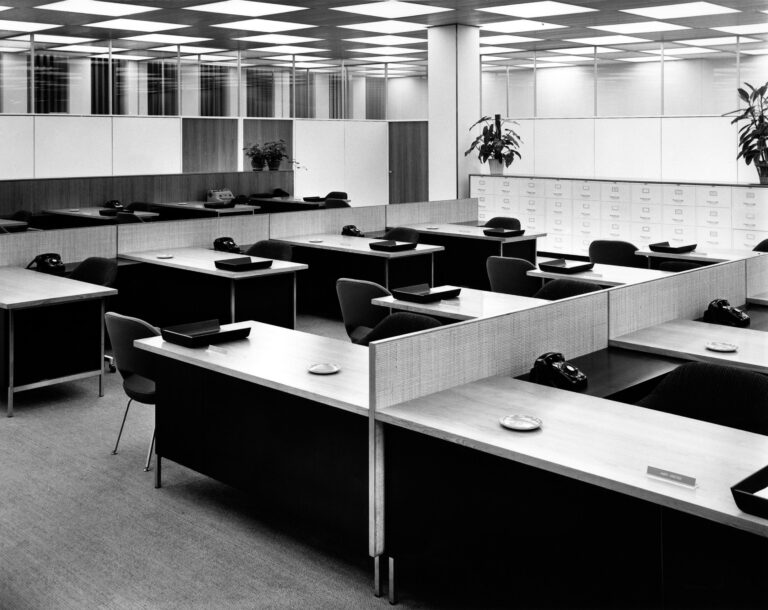
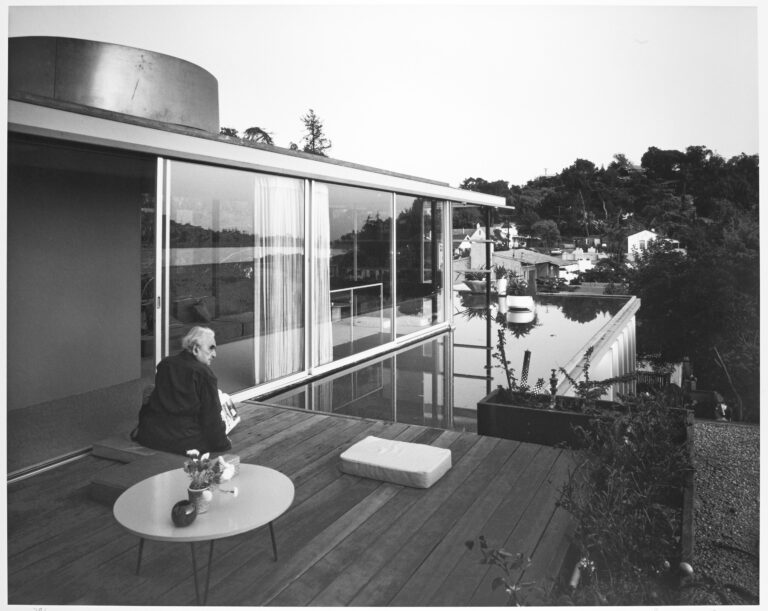
VS is to German design what architect Richard J. Neutra is to L.A.—fundamental to its identity. Ours is a city of Neutra’s elegant, clear-eyed modernism; those enormous glass walls, that startling seamlessness between indoor and outdoor space.
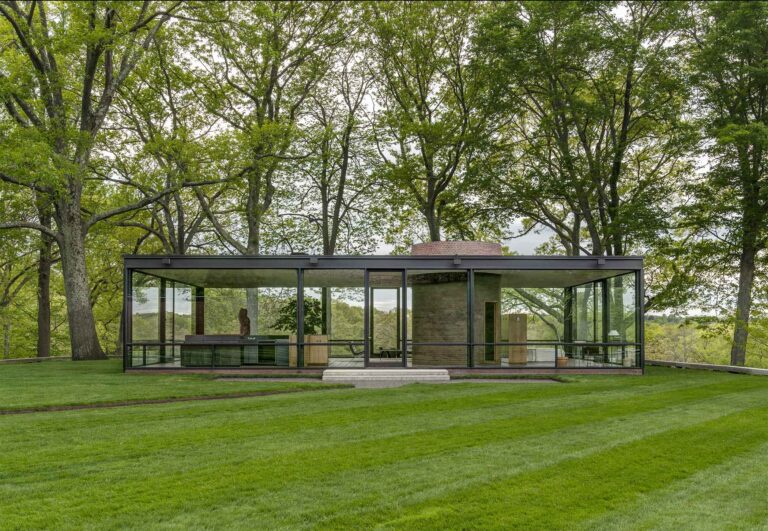
The Glass House, designed by architect Philip Johnson, reflects the beautiful landscape of Southern New England. Johnson, known for his modernist approach, incorporated historical elements into his designs. The Glass House, completed in 1949, sits on a hill, nestled among trees, and offers stunning views of a manmade pond.
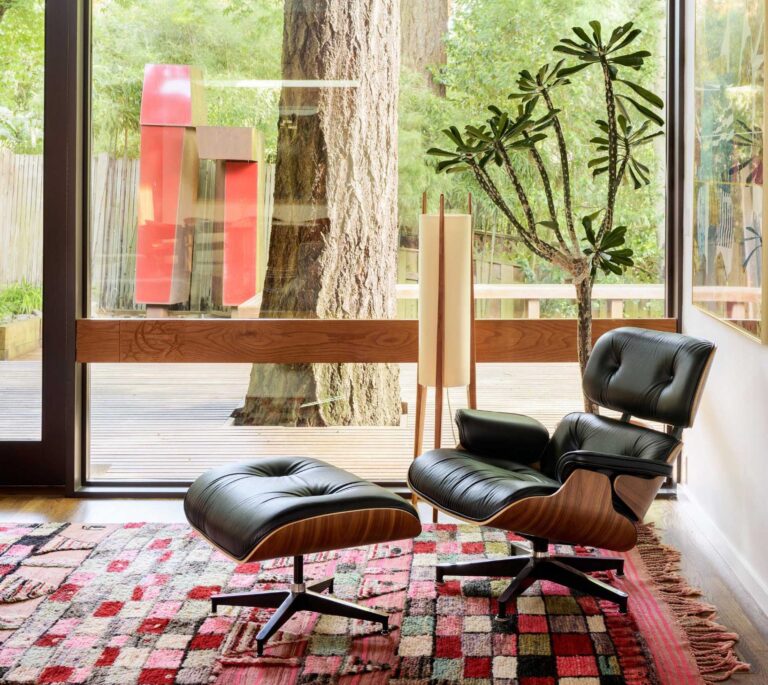
The Mid-century Modern design, known for clean lines and organic curves, maintains its allure in contemporary spaces. From architecture to interiors, this style embraces open layouts, sleekness, and functionality creating a lasting impact worldwide.
